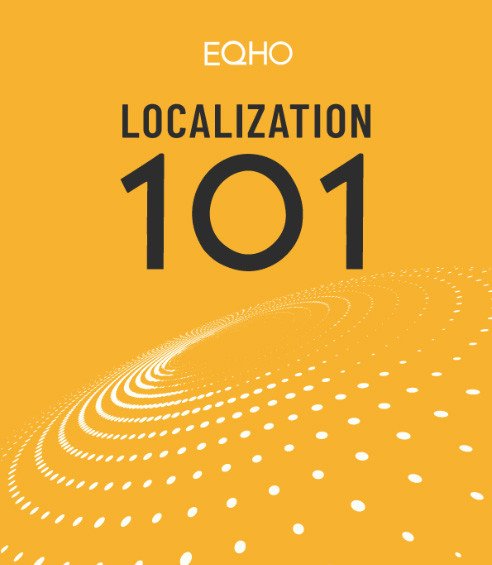Tagalog Localization
With a large population, political stability, and impressive economic growth figures, the Philippines presents major opportunities for companies investing in ASEAN. For those considering entry into the Philippine market, Tagalog isn’t considered to be a particularly challenging language in localization terms. Tagalog uses the Latin alphabet; therefore font selection isn’t a challenge like in other emerging Asian languages, so the language is supported across virtually all programs and platforms. English proficiency is high, so often Tagalog translators are able to translate to and from English, as well as have a deeper understanding of English language source materials than compared with other Asian linguists.
Translators must carefully select vocabulary and terminology that is appropriate to the target audience and industry, and ensure that local-specific grammar and colloquial language is considered. However, provided that the right grade of Tagalog translator with appropriate subject-matter expertise is assigned to projects, Tagalog localization does not usually pose a challenge. As with any language, choosing an experienced localization partner with demonstrated experience in Tagalog localization is key.

